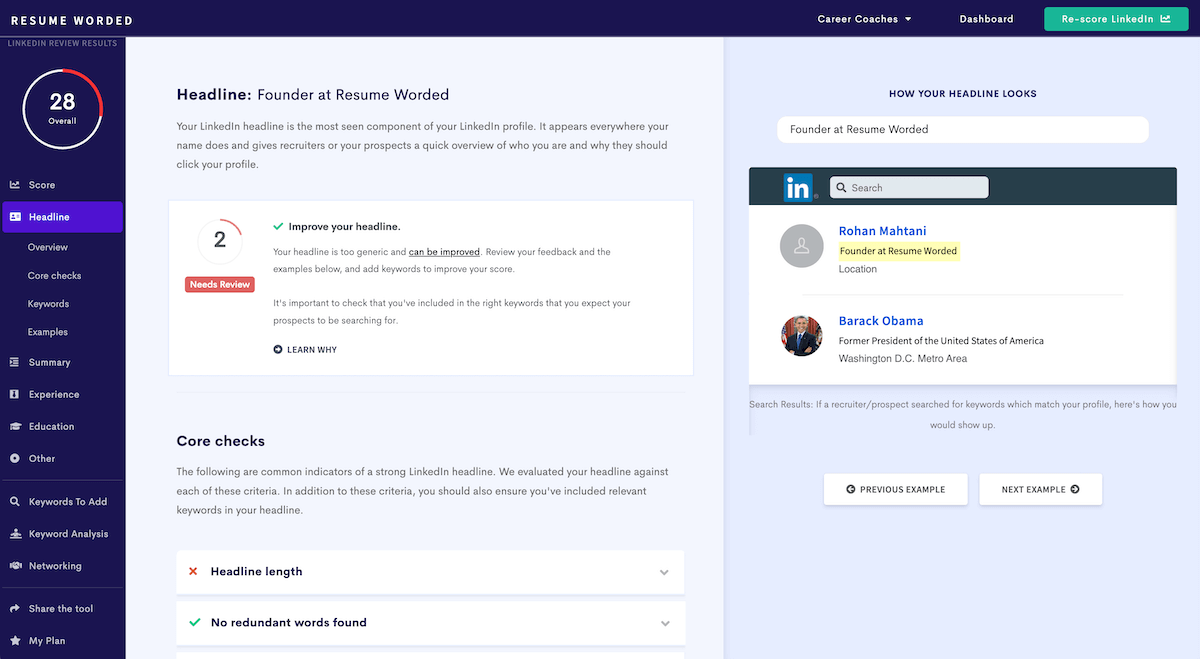A hidden truth of job seeking is this: There are no unimportant steps. Every communication you have with a hiring manager, recruiter or your future employer, whether it’s sending a LinkedIn connection request or firing off a quick email response, forms a part of their overall picture of you as a candidate. The less they know about you, the more important each of these pieces becomes, which is why it’s crucial to communicate professionally from the outset.
How to reply to show that you’re interested in the job
Be enthusiastic
If you’re interested, don’t beat around the bush. Employers want enthusiastic hires, so if you’re genuinely excited about the role, let that shine through. Mention a little bit about why you’re interested and what makes you a good fit by briefly summarizing your relevant experience and key achievements. Make sure the reasons you express are relevant to the company — “I’m passionate about renewable energy / providing cutting-edge UX design / crafting a relatable brand voice” is a good reason for wanting the job; “I’ve always wanted to live in New York City” is not so much.
Enthusiasm also doesn’t mean you need to respond immediately, but don’t let the email linger in your inbox for too long — reply within 1-2 business days at most.
Your response should be specific to the company. Avoid vague phrases like “I’m very interested in this opportunity” that sound like you could be copying from a generic bulk reply. Mention the company and role by name, and if you can, throw in something about what interests you about this company in particular, rather than the industry in general.
Be conciseStriking the right tone in a professional email isn’t always easy. Aim for warm and pleasant, but not overly familiar — do thank the employer or recruiter for reaching out to you, but don’t feel the need to describe your full work background in detail or explain why you really, really need this job. A couple of short paragraphs is usually sufficient to get your point across without wasting the hiring manager or recruiter's time by adding a lot of unnecessary detail. If you have a lot to say and it’s all relevant, bullet points are better than walls of text for conveying a lot of information in a way that’s still readable.
Be prepared- Include a copy of your resume if they don't already have one. Send it as a PDF to avoid formatting errors and get it checked on Score My Resume to make sure it’s optimized.
- If you’re dealing with an external recruiter, ask for a copy of everything they’ve passed on to the hiring manager. Some recruiters will edit your resume to better fit what they know the company is looking for, so make sure you’re not caught out.
- Use a professional email address. A simple Gmail address is fine without any nicknames or unprofessional usernames; your work email is okay, but generally should be avoided.
- If the hiring manager, employer or recruiter hasn’t included a scheduling link or suggested a time, volunteering your availability shows more enthusiasm and is more likely to lead to the next step than a vague “I’d love to discuss the role.”
Another tip? You don’t need to start from scratch! Scroll down for word-for-word templates you can copy and paste when replying to a recruiter about a job you’re interested in.
Continue reading...





